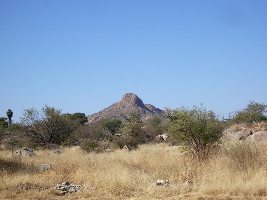Where Don't Donkeys Live?
 Donkeys
have
an array of
different habitats and geographic locations
due to
their domestication. The ancient asses,
however, were
discovered in southern and central Asia and
northern Africa. In these areas they
are well adapted to
live in
rocky highlands and low land deserts
and prefer to live in warmer, dry climates.
Donkeys
have
an array of
different habitats and geographic locations
due to
their domestication. The ancient asses,
however, were
discovered in southern and central Asia and
northern Africa. In these areas they
are well adapted to
live in
rocky highlands and low land deserts
and prefer to live in warmer, dry climates.
Over time, the donkey become domesticated and migrated to all different parts of the world. In fact, Christopher Columbus brought four male donkeys and two females on his voyage to America. The mule offspring of these donkeys were even used by the Spanish in their conquests and still remain in these areas. Therefore, donkeys can be found in parts of Africa, Asia, Europe, the Americas, and even Australia.
 Upon
the
domestication
of these animals, the lower economic class
became dependant of them. Developing
countries are home to over 90% of the donkey
population. The largest numbers
of working donkeys are found in Africa,
Asia, and Latin America.
Upon
the
domestication
of these animals, the lower economic class
became dependant of them. Developing
countries are home to over 90% of the donkey
population. The largest numbers
of working donkeys are found in Africa,
Asia, and Latin America.
The picture to the right is a donkey's eye view. It exemplifies the rocky and mountainous terrain where donkeys have adapted to live.
Interesting Fact: Some species of donkeys, especially African and Asian donkeys, are very territorial. They will guard large territories of their habitat for years. In fact, some donkeys will only mate after they establish a territory.
Now you are probably thinking, what do donkeys eat in their habitat?
Copyright © 2007, Design by: Sunlight webdesign